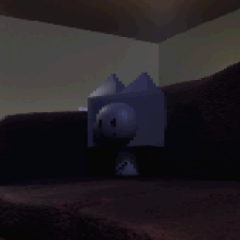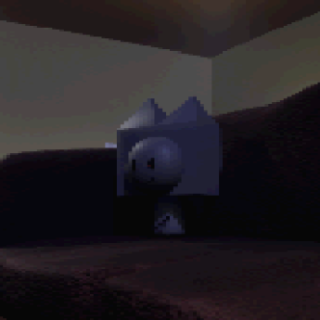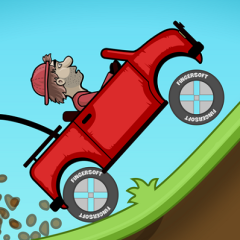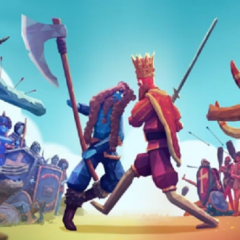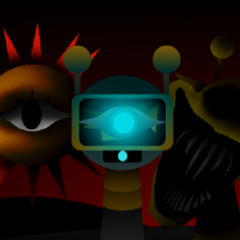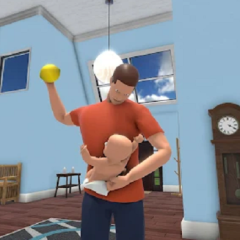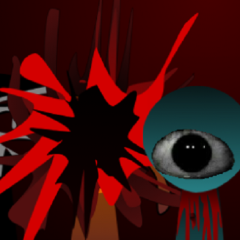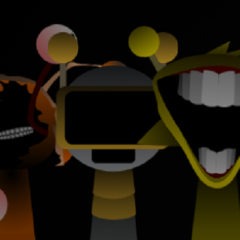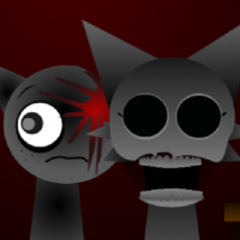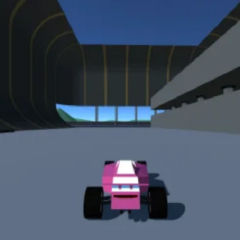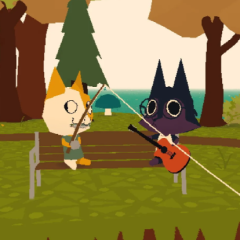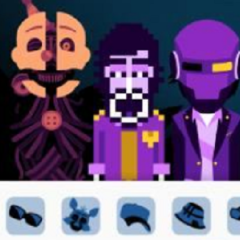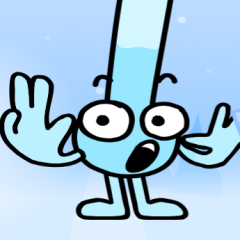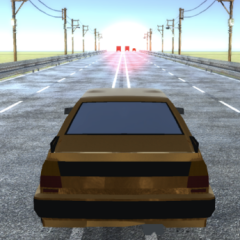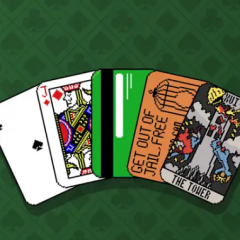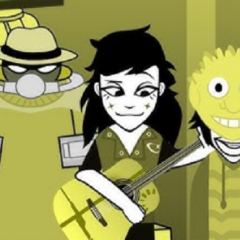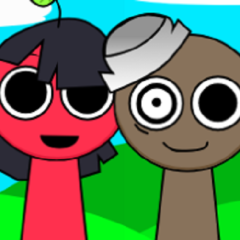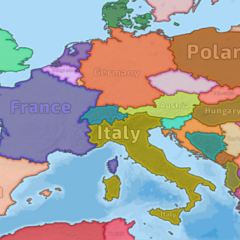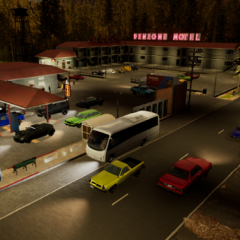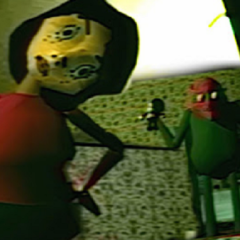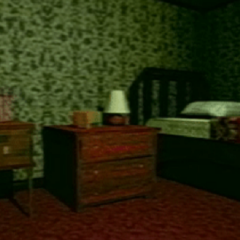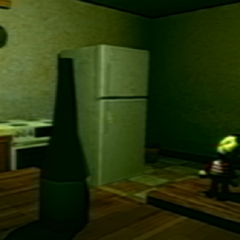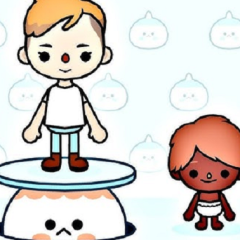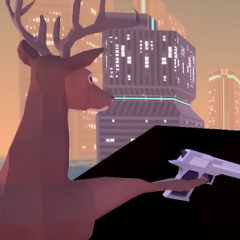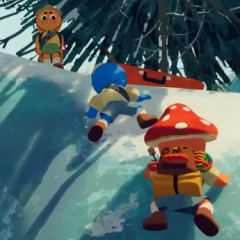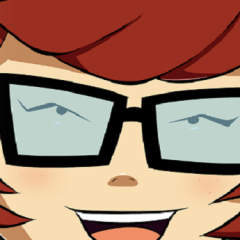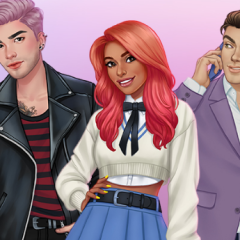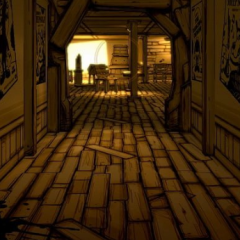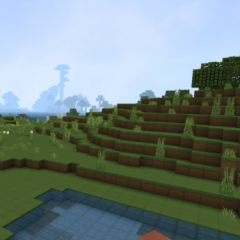My Buddy is a short psychological horror game where the player interacts with a small doll-like companion known as the Buddy. The experience takes place in a single location, with simple tasks that gradually reveal a disturbing sequence of events. What begins as a routine interaction with an ordinary object becomes an unsettling situation where the environment reacts to the player’s actions. The story unfolds through observation and subtle environmental changes rather than dialogue or narration.
Environment and Story Progression
The game starts inside a small house where the player wakes up after hearing the doorbell. The Buddy appears soon after, and the player is instructed to perform several small actions, such as moving items, turning on lights, or checking rooms. As the tasks continue, small inconsistencies appear: sounds shift, lighting changes, and the Buddy behaves in unusual ways. These shifts build tension without direct confrontation. The story develops through cause and effect, linking the player’s behavior to the Buddy’s transformation and the final outcome.
Mechanics and Interaction System
My Buddy uses first-person movement and object interaction as its core mechanics.
The main actions include:
· Walking through rooms and examining items
· Clicking or holding objects to trigger scripted events
· Managing light switches and environmental controls
· Performing short sequences of chores
· Making choices that influence the ending
Each task serves as both gameplay and storytelling. While the game has no combat or traditional objectives, each interaction changes the environment, leading to new responses from the Buddy. The result is a slow progression toward one of several possible endings.
Tension and Replayability
The tension in My Buddy builds through repetition and contrast. Familiar rooms begin to change subtly with each completed task. New sounds, shadows, and object placements give the sense of being watched. The player must decide how to respond — whether to confront the changes or ignore them. Multiple endings reward exploration, as small choices throughout the playthrough determine the tone and outcome of the story. Players often replay to see how different decisions affect the Buddy’s behavior.
Development and Community Response
My Buddy was developed as an independent project and released on free distribution platforms. It quickly gained attention for how minimal mechanics can produce a strong sense of unease. Players discuss theories about the Buddy’s origin and share walkthroughs exploring hidden triggers. Despite its short runtime, the game has built a small community around its endings and interpretations. My Buddy demonstrates how a single location and a limited set of interactions can create a focused, narrative-driven experience built on tension and choice.

